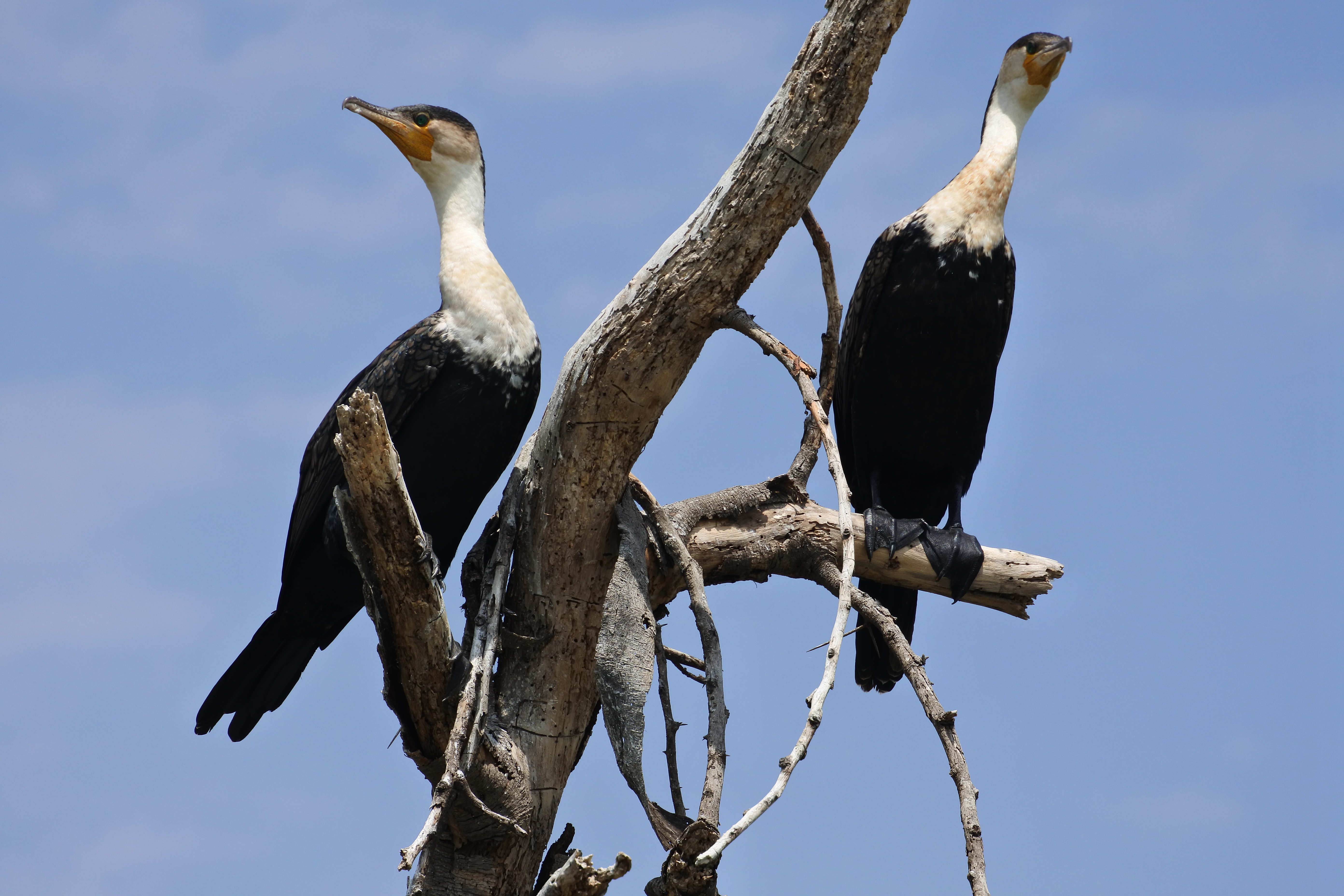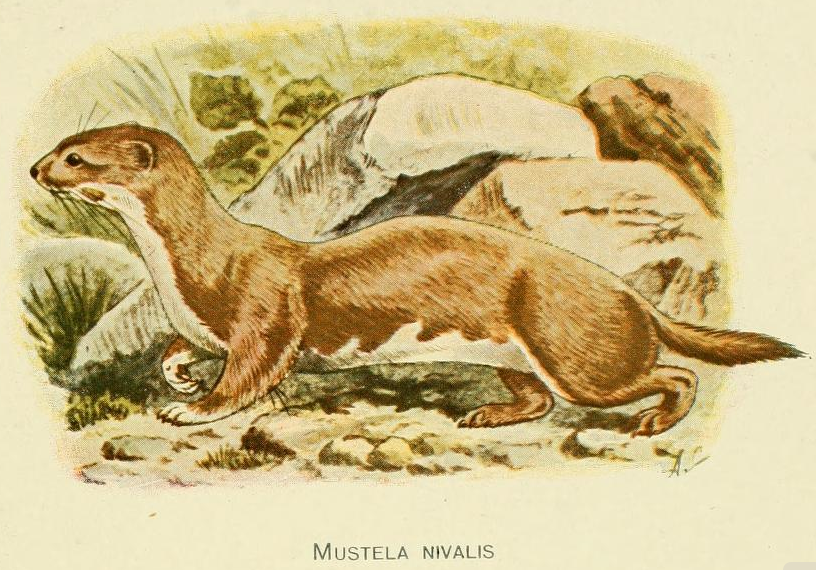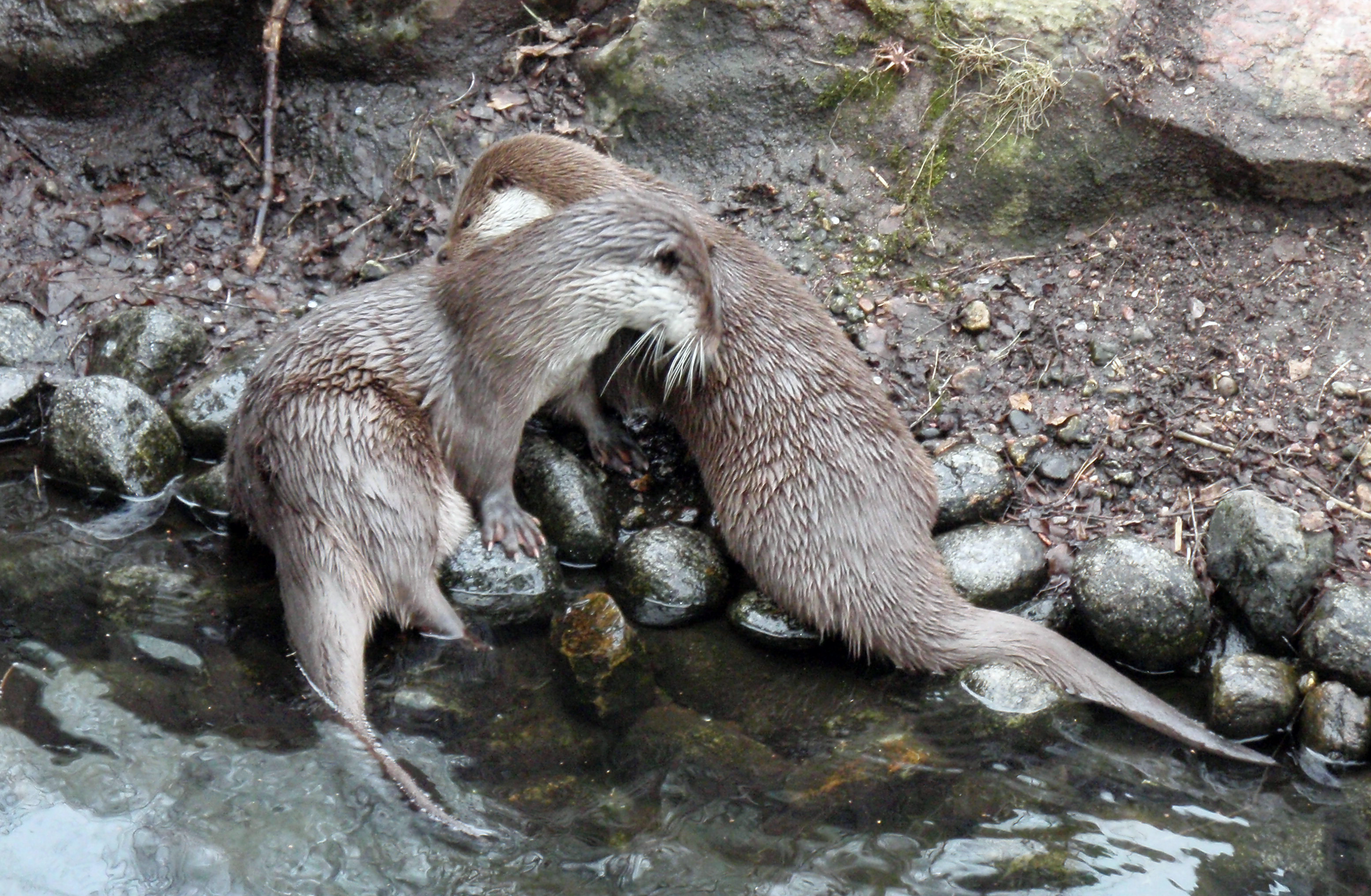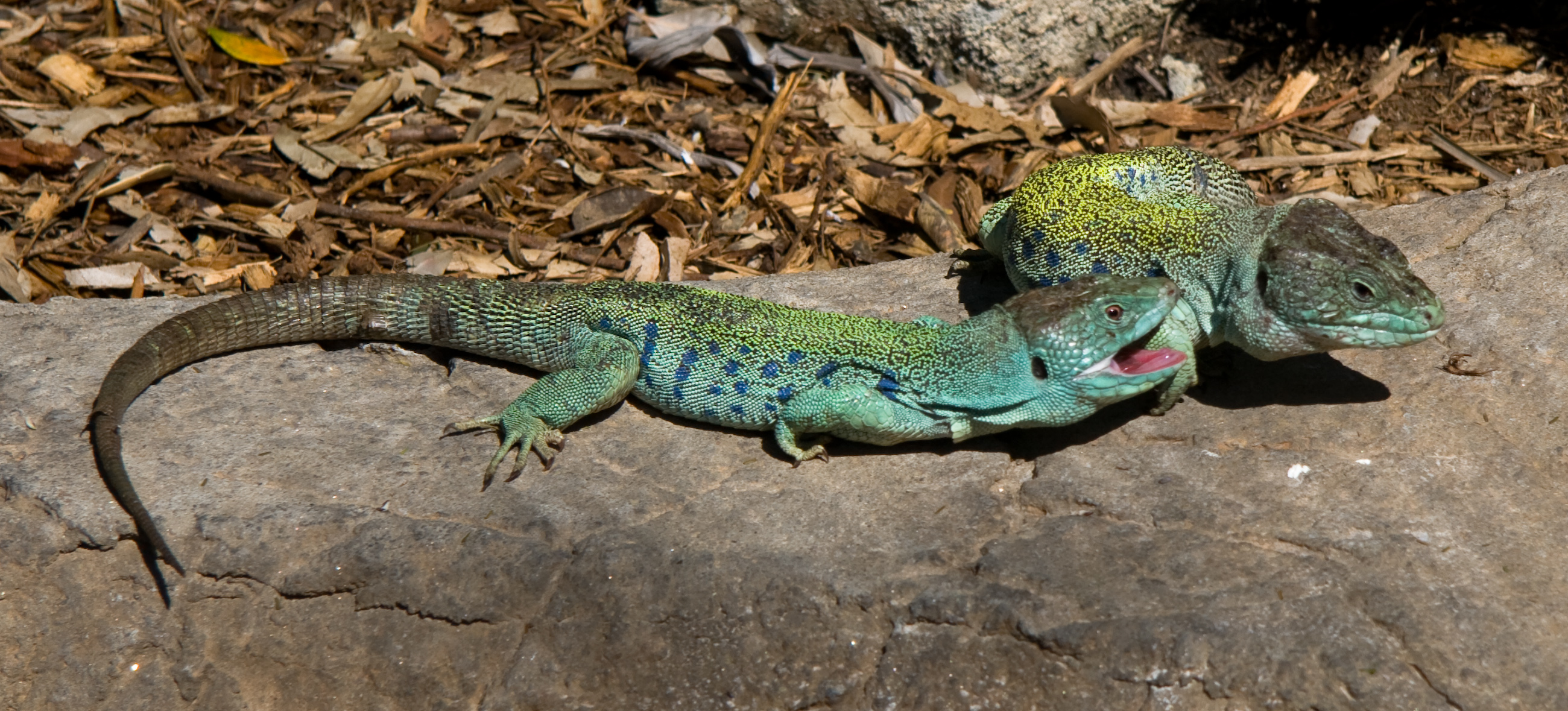|
Póvoa De Varzim City Park
The Póvoa de Varzim City Park (''Parque da Cidade da Póvoa de Varzim'') is an urban park of Póvoa de Varzim in Portugal. The park is located in a former plain, where a small stream, farms and farmhouses existed. It includes landscaped hills, a lake, an island, and ways. The stream was recovered and wildlife started inhabiting the area. Small bridges, squares, and rustic buildings were built. The park includes the Póvoa de Varzim Municipal Stadium. History The project for a city park in Póvoa de Varzim started early in the 20th century, and was planned for the area around Lagoa Beach in the location of a dried lagoon, but local real estate companies pressured for the urban development of the beachfront and a small underdeveloped area for the park remained. In 1997, a new project further inland started being planned. The new site was a much larger area and located between the A28 freeway (motorway) and Lake Pedreira. The new project was part of the urbanization policy of ma ... [...More Info...] [...Related Items...] OR: [Wikipedia] [Google] [Baidu] |
Póvoa De Varzim
Póvoa de Varzim () is a Portugal, Portuguese city in Norte Region, Portugal, Northern Portugal and sub-region of Greater Porto, from its city centre. It sits in a sandy coastal plain, a cuspate foreland, halfway between the Minho River, Minho and Douro rivers. In 2001, there were 63,470 inhabitants, with 42,396 living in the city proper. The city expanded southwards, to Vila do Conde, and there are about 100,000 inhabitants in the urban area alone. It is the seventh-largest urban agglomeration in Portugal and the third largest in Northern Portugal. Permanent settlement in Póvoa de Varzim dates back to around four to six thousand years ago. Around 900 BC, unrest in the region led to the establishment of Cividade de Terroso, a fortified city, which developed maritime trade routes with the civilizations of classical antiquity. Modern Póvoa de Varzim emerged after the conquest by the Roman Republic of the city by 138 BC; fishing and fish processing units soon developed, which bec ... [...More Info...] [...Related Items...] OR: [Wikipedia] [Google] [Baidu] |
Avenida 25 De Abril (Póvoa De Varzim)
Avenida 25 de Abril is an avenue that surrounds, by the east, the city of Póvoa de Varzim, in Portugal. It stretches from Avenida do Mar to the city limits with Vila do Conde Vila do Conde (, ; "the Count's Town") is a municipality in the Norte Region, Portugal, Norte Region of Portugal. The population in 2011 was 79,533, in an area of 149.03 km2. The urbanized area of Vila do Conde, which includes the parishes of .... The avenue has almost 3 km long and is considered structural to the urbanization of inland Póvoa. The avenue is known for its large number of roundabouts and serpent-shape, the City Hall justified this option due to speeds limits not being respected, a known problem on national highway 13 that crosses the city center, and in order not to implement traffic lights. The idea for the avenue occurred in 1982 to architect Carvalho Dias and started being urbanized in early 2000s, prior to the urbanization the Industrial Area of Barreiros and a couple of houses ... [...More Info...] [...Related Items...] OR: [Wikipedia] [Google] [Baidu] |
Domestic Goose
A domestic goose is a goose that humans have domesticated and kept for their meat, eggs, or down feathers, or as companion animals. Domestic geese have been derived through selective breeding from the wild greylag goose (''Anser anser domesticus'') and swan goose (''Anser cygnoides domesticus''). Origins In Europe, northern Africa, and western Asia, the original domesticated geese are derived from the greylag goose (''Anser anser''). In eastern Asia, the original domesticated geese are derived from the swan goose (''Anser cygnoides''); these are commonly known as Chinese geese. Both have been widely introduced in more recent times, and modern flocks in both areas (and elsewhere, such as Australia and North America) may consist of either species or hybrids between them. Chinese geese may be readily distinguished from European geese by the large knob at the base of the bill, though hybrids may exhibit every degree of variation between the two species. Charles Darwin remarked in ... [...More Info...] [...Related Items...] OR: [Wikipedia] [Google] [Baidu] |
Great Cormorant
The great cormorant (''Phalacrocorax carbo''), also known as just cormorant in Britain, as black shag or kawau in New Zealand, formerly also known as the great black cormorant across the Northern Hemisphere, the black cormorant in Australia, and the large cormorant in India, is a widespread member of the cormorant family of seabirds. It breeds in much of the Old World, Australasia, and the Atlantic coast of North America. Taxonomy The great cormorant was formally described in 1758 by the Swedish naturalist Carl Linnaeus in the tenth edition of his ''Systema Naturae'' under the binomial name ''Pelecanus carbo''. Linnaeus specified the type location as "Europe", but this was restricted to the "rock-nesting form of the north Atlantic Ocean" by the German ornithologist Ernst Hartert in 1920. The great cormorant is now one of 12 species placed in the genus '' Phalacrocorax'' that was introduced in 1760 by the French zoologist Mathurin Jacques Brisson. The genus name is Latinised Anc ... [...More Info...] [...Related Items...] OR: [Wikipedia] [Google] [Baidu] |
Egyptian Goose
The Egyptian goose (''Alopochen aegyptiaca'') is an African member of the Anatidae family including ducks, geese, and swans. Because of their popularity chiefly as an ornamental bird, the species has also been introduced to Europe, the United States and elsewhere outside their natural range. Egyptian geese were regularly represented in ancient Egyptian art. Taxonomy The Egyptian goose was formally described in 1766 by the Swedish naturalist Carl Linnaeus in the twelfth edition of his ''Systema Naturae'' under the binomial name ''Anas aegyptiaca''. Linnaeus partly based his account on the "L'oye d'Egypte" that had been described and illustrated in 1760 by the French ornithologist Mathurin Jacques Brisson in his ''Ornithologie''. Brisson used the Latin name ''Anser Egyptiatiacus'' but although he coined Latin names for species, these do not conform to the binomial system and are not recognised by the International Commission on Zoological Nomenclature. The Egyptian goose ... [...More Info...] [...Related Items...] OR: [Wikipedia] [Google] [Baidu] |
Mallard
The mallard () or wild duck (''Anas platyrhynchos'') is a dabbling duck that breeds throughout the temperate and subtropical Americas, Eurasia, and North Africa. It has been introduced to New Zealand, Australia, Peru, Brazil, Uruguay, Argentina, Chile, Colombia, the Falkland Islands, and South Africa. Belonging to the subfamily Anatinae of the waterfowl family Anatidae, mallards live in wetlands, eat water plants and small animals, and are social animals preferring to congregate in groups or flocks of varying sizes. Males (drakes) have green heads, while the females (hens) have mainly brown-speckled plumage. Both sexes have an area of white-bordered black or iridescent purple or blue feathers called a speculum on their wings; males especially tend to have blue speculum feathers. The mallard is long, of which the body makes up around two-thirds the length. The wingspan is and the bill is long. It is often slightly heavier than most other dabbling ducks, weighing . T ... [...More Info...] [...Related Items...] OR: [Wikipedia] [Google] [Baidu] |
Least Weasel
The least weasel (''Mustela nivalis''), little weasel, common weasel, or simply weasel is the smallest member of the genus ''Mustela,'' Family (biology), family Mustelidae and Order (biology), order Carnivora. It is native to Eurasia, North America and North Africa, and has been introduced to New Zealand, Malta, Crete, the Azores, and São Tomé Island, São Tomé. It is classified as least concern by the IUCN, due to its wide distribution and large population throughout the Northern Hemisphere. The least weasel varies greatly in size over its range. The body is slender and elongated, and the legs and tail are relatively short. The colour varies geographically, as does the pelage type and length of tail. The dorsal surface, flanks, limbs and tail of the animal are usually some shade of brown while the underparts are white. The line delineating the boundary between the two colours is usually straight. At high altitudes and in the northern part of its range, the coat becomes pure ... [...More Info...] [...Related Items...] OR: [Wikipedia] [Google] [Baidu] |
Southwestern Water Vole
The southwestern water vole or southern water vole (''Arvicola sapidus'') is a large amphibious vole native to most of France and southwestwards through Spain and Portugal. It is listed on the IUCN Red List as vulnerable. Reproductive cycle The reproductive cycle of the southwestern water vole varies seasonally and geographically, with the most intense reproductive activity occurring from March through October, peaking between April and June. Although reproduction occurs year-round, a distinct reduction in reproductive activity occurs from November through February, coinciding with lower temperatures and shorter day lengths. Females become sexually mature when they reach a weight of around 140 grams, with larger individuals typically having higher reproductive success. On average, females produce litters of about four offspring (range 1–7). Litter size is directly correlated with maternal body weight, with heavier females tending to have larger litters. Gestation occurs th ... [...More Info...] [...Related Items...] OR: [Wikipedia] [Google] [Baidu] |
European Otter
The Eurasian otter (''Lutra lutra''), also known as the European otter, Eurasian river otter, European river otter, common otter, and Old World otter, is a semiaquatic mammal native to Eurasia and the Maghreb. The most widely distributed member of the otter subfamily (Lutrinae) of the weasel family (Mustelidae), it is found in the waterways and coasts of Europe, many parts of Asia, and parts of northern Africa. The Eurasian otter has a diet mainly of fish, and is strongly territorial. It is endangered in some parts of its range, but is recovering in others. Description The Eurasian otter is a typical species of the otter subfamily. Brown above and cream below, these long, slender creatures are well-equipped for their aquatic habits. Their bones show osteosclerosis, increasing their density to reduce buoyancy. This otter differs from the North American river otter by its shorter neck, broader visage, the greater space between the ears and its longer tail. However, the Eurasian ... [...More Info...] [...Related Items...] OR: [Wikipedia] [Google] [Baidu] |
Spanish Pond Turtle
The Iberian pond turtle (''Mauremys leprosa''), also known as the Mediterranean pond turtle or Mediterranean turtle, is a species of turtle in the family Geoemydidae. The species is endemic to southwestern Europe and northwestern Africa. Subspecies Including the nominotypical subspecies, there are two sub-species which are accepted: *''M. leprosa leprosa'' – Iberian pond turtle *''M. leprosa saharica'' – Saharan pond turtle Gallery Saharan pond turtle (Mauremys leprosa saharica) male.jpg, male ''M. l. saharica'', Morocco Saharan pond turtles (Mauremys leprosa saharica) adults and juvenile.jpg, adults and juvenile ''M. l. saharica'', Morocco Mediterranean Pond Turtle (Mauremys leprosa) (26388139170).jpg, swimming Mauremys leprosa 01.JPG, Juvenile Distribution ''Mauremys leprosa'' is native to the western mainland Mediterranean Basin, stretching from the tip of southern France to the northwestern Maghreb (in Morocco, Algeria, Tunisia and Libya). It is most frequent in the ... [...More Info...] [...Related Items...] OR: [Wikipedia] [Google] [Baidu] |
Ocellated Lizard
The ocellated lizard or jewelled lizard (''Timon lepidus'') is a species of lizard in the Family (biology), family Lacertidae (wall lizards). The species is Endemism, endemic to southwestern Europe. Common names Additional common names for ''T. lepidus'' include eyed lizard and jeweled lacerta (in the Wildlife trade, pet trade). Description ''Timon lepidus'' is one of the largest members of its family. Adults are in total length (including tail) and may reach up to , weighing more than . About two-thirds of its length is tail. Newly hatched young are long, excluding tail. This is a robust lizard with a serrated collar. The male has a characteristic broad head. It has thick, strong legs, with long, curved claws. The dorsal background colour is usually green, but sometimes grey or brownish, especially on the head and tail. This is overlaid with black stippling that may form a bold pattern of interconnected rosettes. The underside is yellowish or greenish, with both the male and ... [...More Info...] [...Related Items...] OR: [Wikipedia] [Google] [Baidu] |
Iberian Emerald Lizard
The Iberian emerald lizard (''Lacerta schreiberi''), also known commonly as Schreiber's green lizard, is a species of lizard in the family Lacertidae. The species is endemic to the Iberian Peninsula. Etymology The specific name, ''schreiberi'', is in honor of Austrian zoologist Egid Schreiber (1836–1913), author of ''Herpetologia Europaea'' (1875). It is known as ''Lagarto-de-água'' (water lizard) in Portuguese and ''lagarto verdinegro'' (green and black lizard) in Spanish. Geographic range ''Lacerta schreiberi'' is found in Portugal and Spain. Habitat The natural habitats of ''L. schreiberi'' are temperate forests and shrublands, Mediterranean-type shrubby vegetation, rivers, and pastureland. Conservation status ''Lacerta schreiberi'' is threatened by habitat loss. Description A large species, ''L. schreiberi'' measures about snout-to-vent (SVL); including the tail, it measures about . Diet ''Lacerta schreiberi'' is mainly insectivorous, though it also preys on smal ... [...More Info...] [...Related Items...] OR: [Wikipedia] [Google] [Baidu] |






